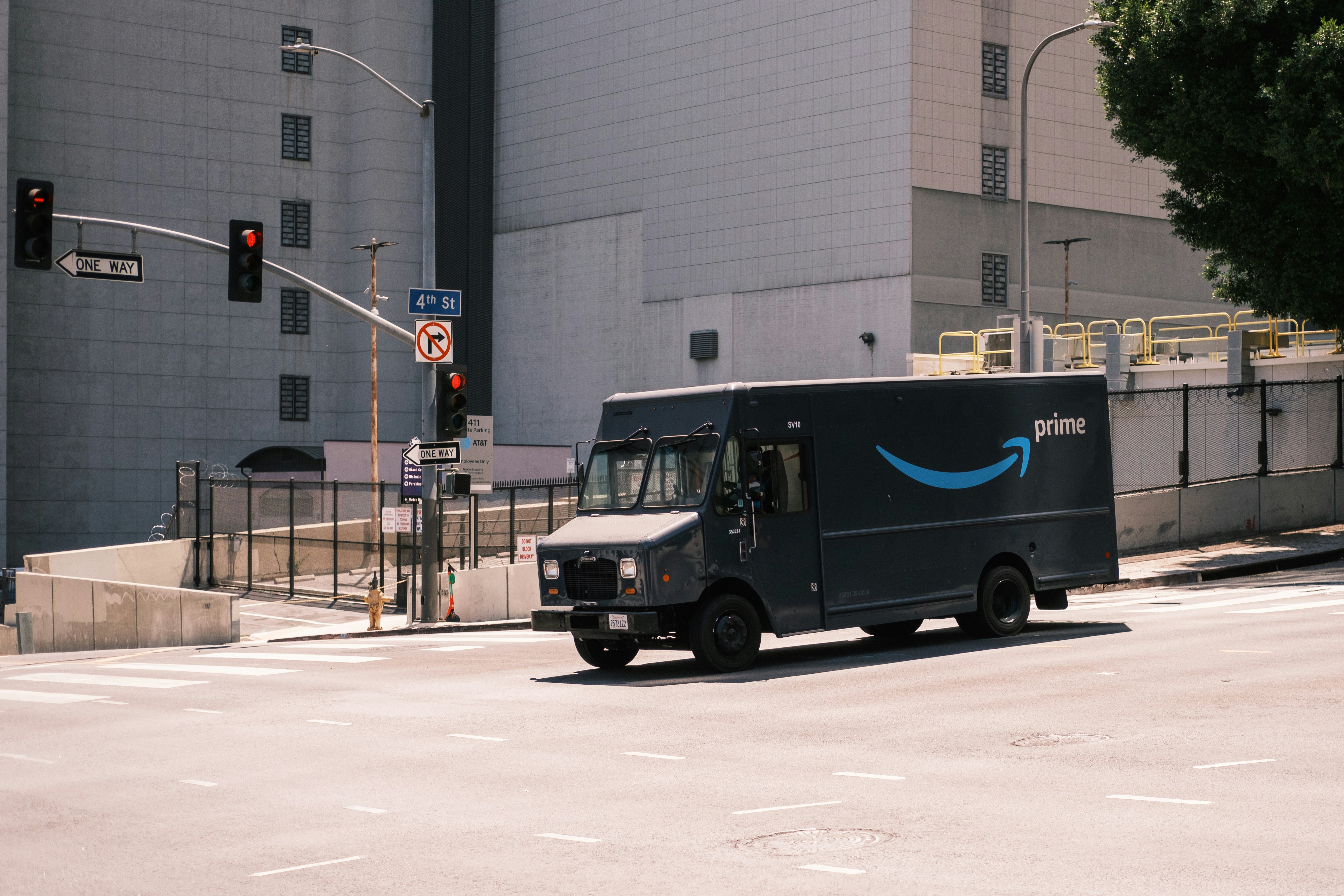
NEW YORK (WE) – In a bold move during one of the busiest shopping periods of the year, workers at seven Amazon facilities launched a strike Thursday, orchestrated by the International Brotherhood of Teamsters. The union seeks to pressure the e-commerce giant into negotiating a labor contract, marking what it calls the largest strike against Amazon in U.S. history.
The walkouts occurred after Amazon failed to meet a Sunday deadline set by the Teamsters for initiating contract talks. The union represents nearly 10,000 Amazon workers across 10 facilities—though this accounts for only a fraction of the 800,000 employees in the company’s U.S. warehouses. While the Teamsters did not disclose the exact number of participants or the strike’s expected duration, they described the action as significant.
Strike Locations and Key Facilities
The strikes were staged at seven delivery stations, which are operated by third-party contractors responsible for last-mile deliveries to customers. These locations include three in Southern California, one in New York City, one in Atlanta, Georgia, and another in Skokie, Illinois.
The facilities affected by the strikes are strategically located in major urban centers, including:
- New York City, New York
- Atlanta, Georgia
- San Francisco, California
- Skokie, Illinois
- City of Industry, California
- Palmdale, California
- Victorville, California
The Teamsters report that approximately 10,000 workers across these facilities have authorized the strike, marking it as the largest labor action against Amazon in U.S. history.
One of the largest facilities involved is Amazon’s Staten Island warehouse, known as JFK8. This site has been a focal point of union activity; in 2022, thousands of workers at JFK8 voted to be represented by the Amazon Labor Union. In the summer of 2023, those workers aligned themselves with the Teamsters.
Despite the National Labor Relations Board (NLRB) certifying the union election, Amazon has refused to engage in contract negotiations and has filed a lawsuit challenging the NLRB’s authority.
A Growing Wave of Unionization
In six of the striking facilities, workers unionized by demonstrating majority support without holding formal, government-administered elections. While companies can voluntarily recognize such unions under U.S. labor law, the practice remains uncommon.
John Logan, a labor expert at San Francisco State University, explained, “Voluntary recognition of unions without elections is rare but entirely lawful under labor regulations.”
The Teamsters have signaled that additional Amazon facilities may join the strike. Workers at the Staten Island warehouse and an Amazon air hub in California have already authorized walkouts.
🚨 BREAKING: The Teamsters Union has launched the largest strike against Amazon in U.S. history. 🚨
— Teamsters (@Teamsters) December 19, 2024
Amazon has forced this strike by refusing to follow the law and bargain with the thousands of Amazon workers who organized with the Teamsters.
Now, Amazon Teamsters at facilities… pic.twitter.com/9gRej7GANm
Read More:
https://theworldseye.com/what-to-know-about-tax-years-2024-and-2025/
https://theworldseye.com/most-ignored-cancer-symptoms-in-women-and-men/
https://theworldseye.com/top-christmas-travel-ideas-unforgettable-family-trips/
Union and Amazon Spar Over Employee Classification
A core issue in the labor dispute is Amazon’s classification of delivery drivers. The company asserts that these workers are not its employees but instead work for independent third-party Delivery Service Partners (DSPs).
“Most of the individuals you see on these picket lines are not Amazon employees or partners,” said Amazon spokesperson Kelly Nantel. “The Teamsters are using outsiders to misrepresent the situation, spreading false narratives to harass and intimidate our teams.”
The union contends that Amazon wields significant control over the drivers’ daily operations and should be classified as their employer. Some labor regulators have supported this view in filings with the NLRB. Amid mounting pressure, Amazon raised delivery driver pay in September.
Teamsters Take a Stand
Teamsters General President Sean O’Brien criticized Amazon’s labor practices, stating, “Amazon is pushing its workers closer to the picket line by failing to show them the respect they have earned.”
The union argues that Amazon’s refusal to engage in meaningful dialogue leaves workers with little choice but to escalate their demands.
Impact on Operations and Market Performance
Despite the scale of the strike, Amazon has downplayed its impact on operations. “Our facilities and partners continue to operate as usual,” Nantel asserted.
Meanwhile, Amazon’s stock remained resilient, with shares climbing over 2.4% by midday Thursday.
As the labor movement gains momentum, the standoff highlights the broader challenges Amazon faces in balancing operational efficiency with growing demands for workers’ rights and union representation. Whether this strike will lead to meaningful negotiations remains uncertain, but its implications could ripple across the e-commerce and logistics sectors.